There are numerous dangers associated with demolition projects, such as unpredictable structural collapse, falling objects, and debris. Without choosing the right type of scaffolding for demolition, you may end up facing all these safety hazards, not just regulatory noncompliance and costly delays.
Imagine trying to dismantle a building with an unstable temporary structure that can’t handle the weight of debris. It will leave your workers exposed to hazards and unfortunate incidents. Your worst nightmare is experiencing project shutdowns and financial penalties that leave a permanent mark on your reputation.
At Scaxa, we understand all the challenges and problems you face during demolition. Hence, we are here to offer our specialized demolition scaffolding. Our systems are designed to withstand harsh environments and offer unmatched load-bearing capacity and stability. Whether you need a scaffold for partial teardown or full-scale demolition, our team provides the best scaffold that works securely in harsh conditions.
There are seven control measures during scaffolding work for building demolition.
Pre-demolition planning requires a comprehensive risk assessment survey to identify potential hazards and to choose a specific scaffold design that accommodates the unique requirements of demolition work. It also requires planning for safe access and escape routes for scaffolding workers.
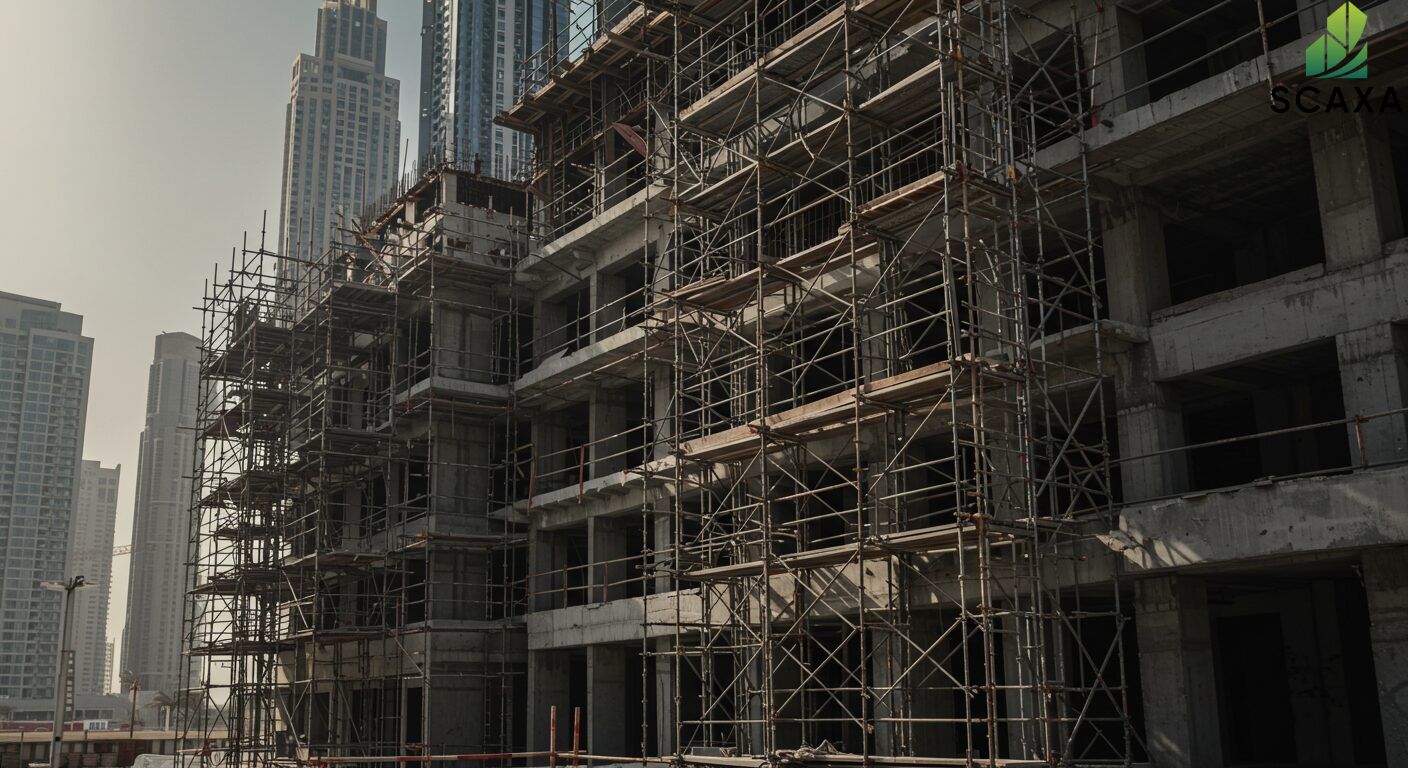
Only highly trained and qualified personnel need to install scaffolds, and they must ensure that the scaffold is stable and properly anchored. They must also verify that the scaffold can bear the intended load during the demolition process.

Install debris nets or mesh all around scaffolding to catch falling materials. Use overload platforms or canopies to protect workers from falling debris. Ensure that toeboards and guardrails are installed according to safety guidelines provided by industry regulation.

All workers must wear appropriate Personal Protective Equipment (PPE). Scaffolding must have a fall protection system in place. Mark safe zones as designated areas that protect workers from debris and scaffolding hazards.

Follow a planned sequence during demolition so that the structural stability of the scaffold and the building remain intact. Remove direct debris away from scaffolding through designated pathways. Operate demolition equipment carefully.

Regularly check the demolition scaffold to ensure that its stability and functionality remain intact. Don’t work during harsh weather conditions like heavy rain or high winds. A competent supervisor must oversee complete demolition work and enforce safety measures.

Develop and communicate emergency exit plans with workers. Trained personnel and first-aid must be available on-site.

Below are the six types of scaffolding used in demolition.
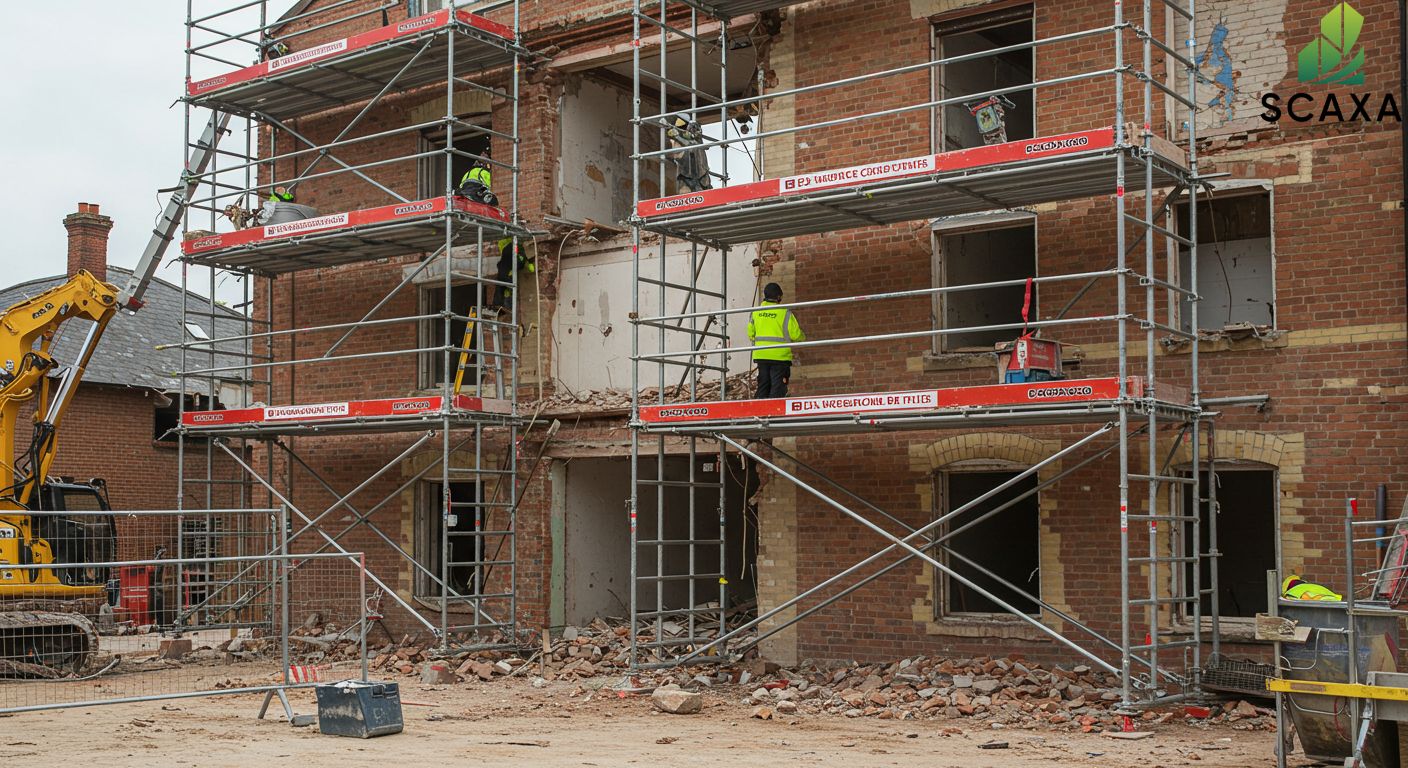
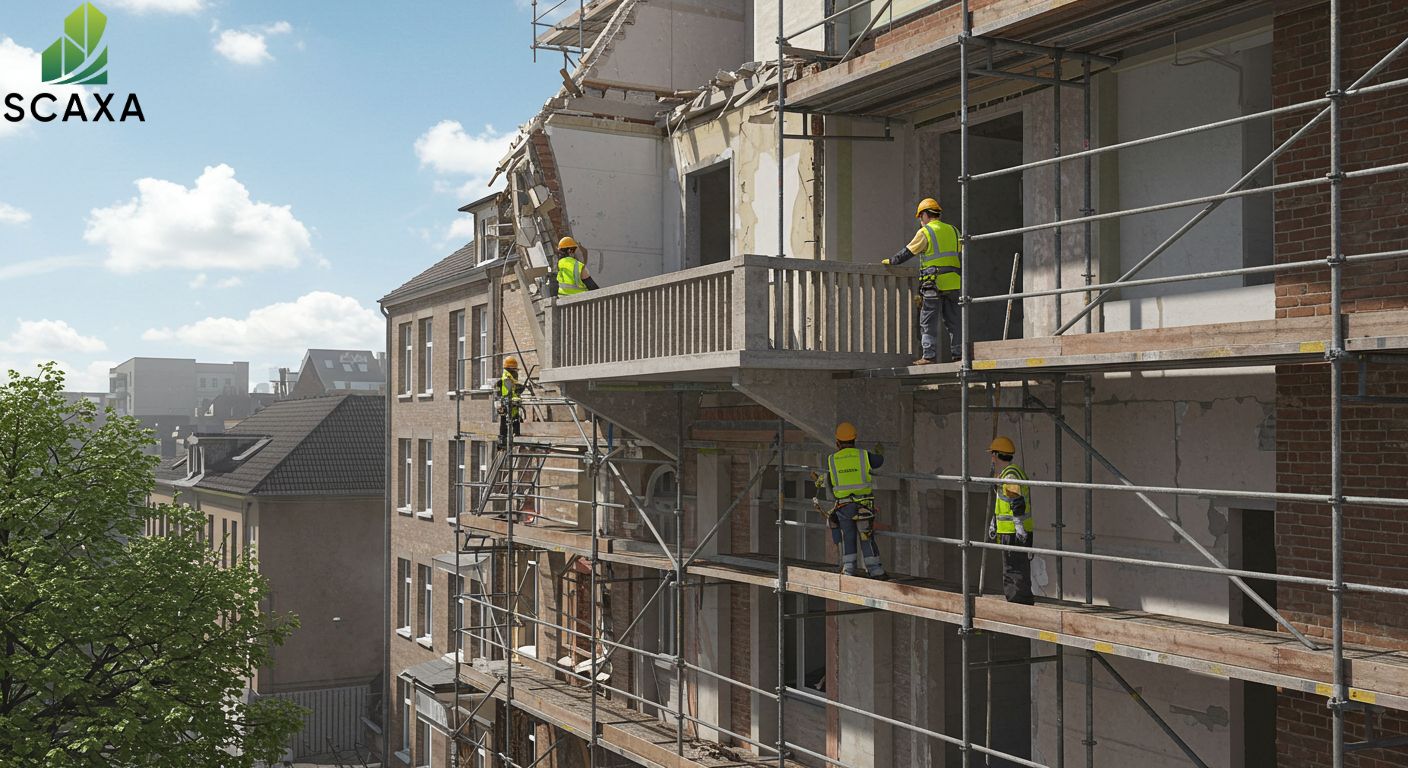

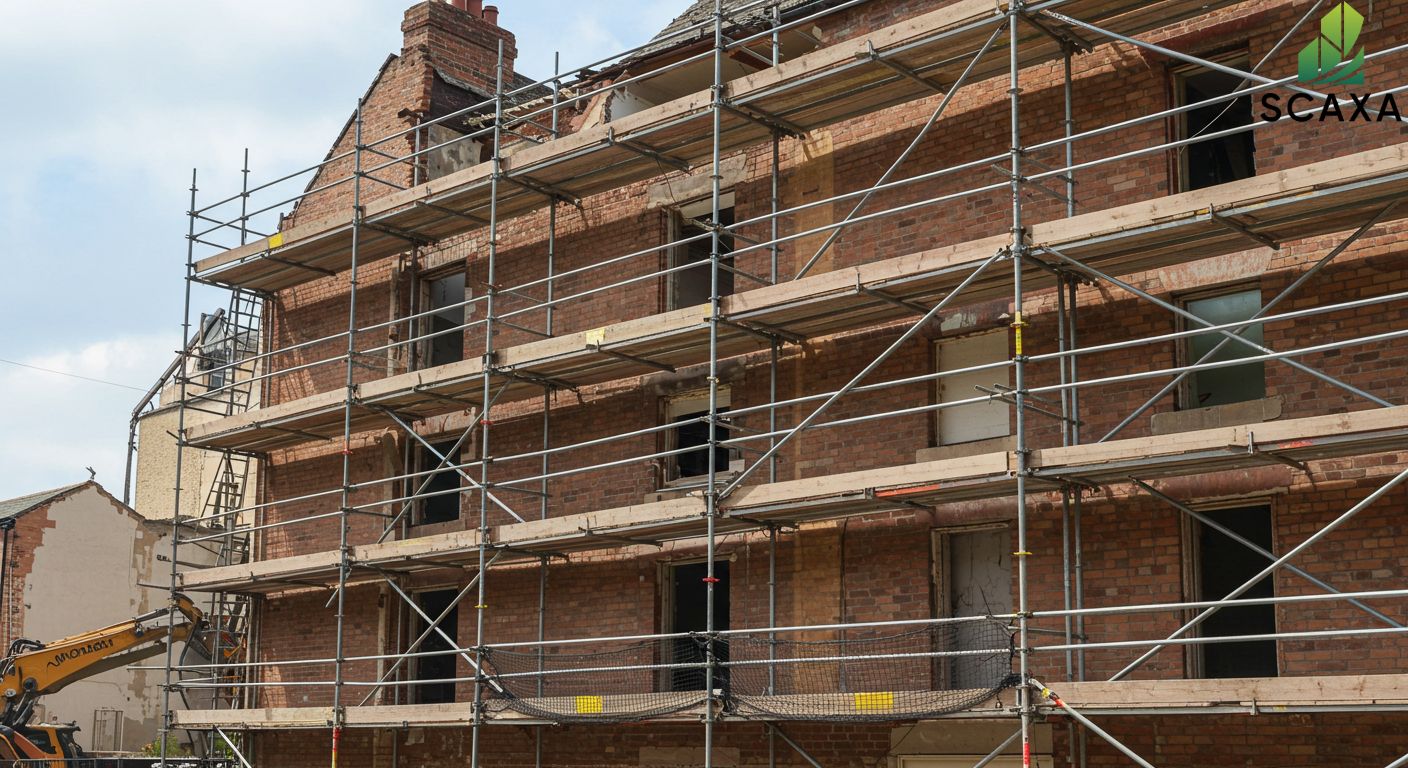
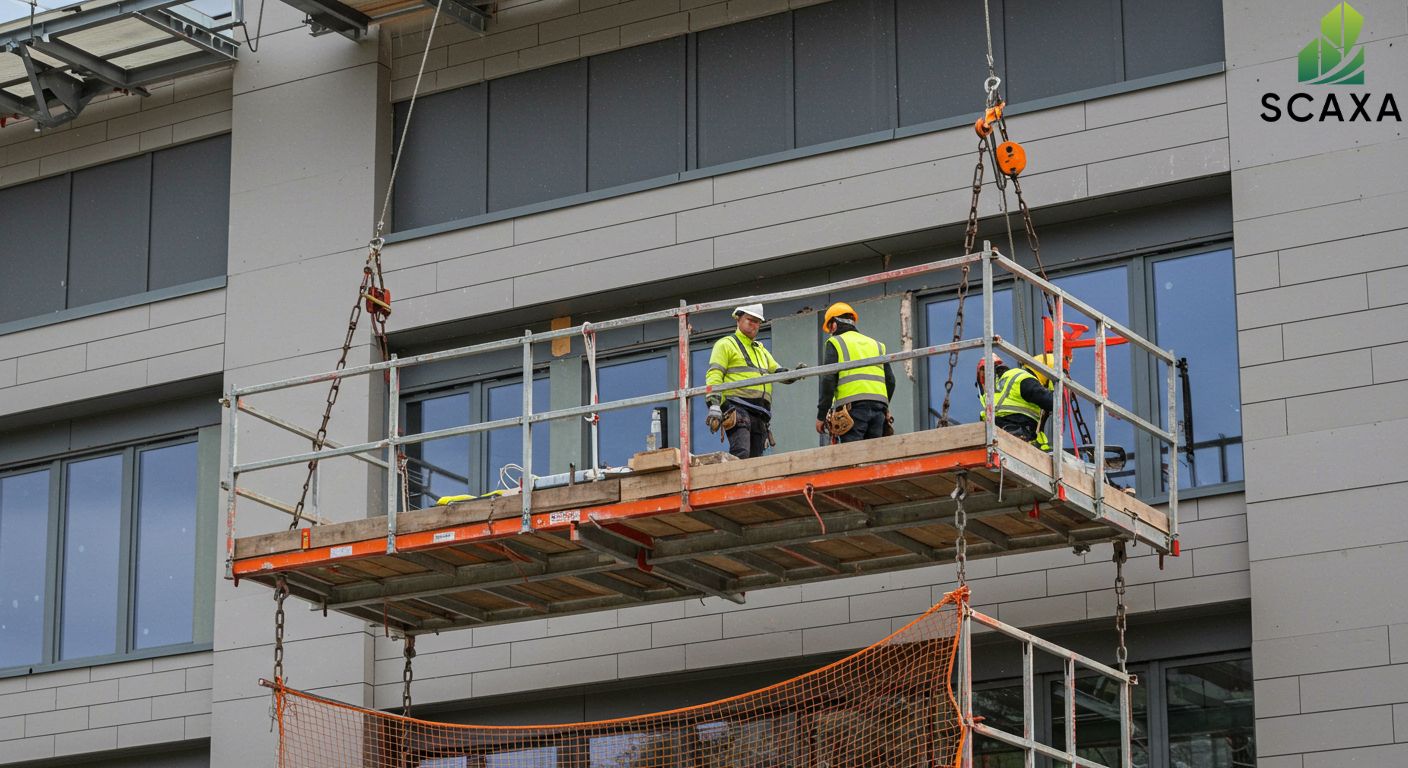
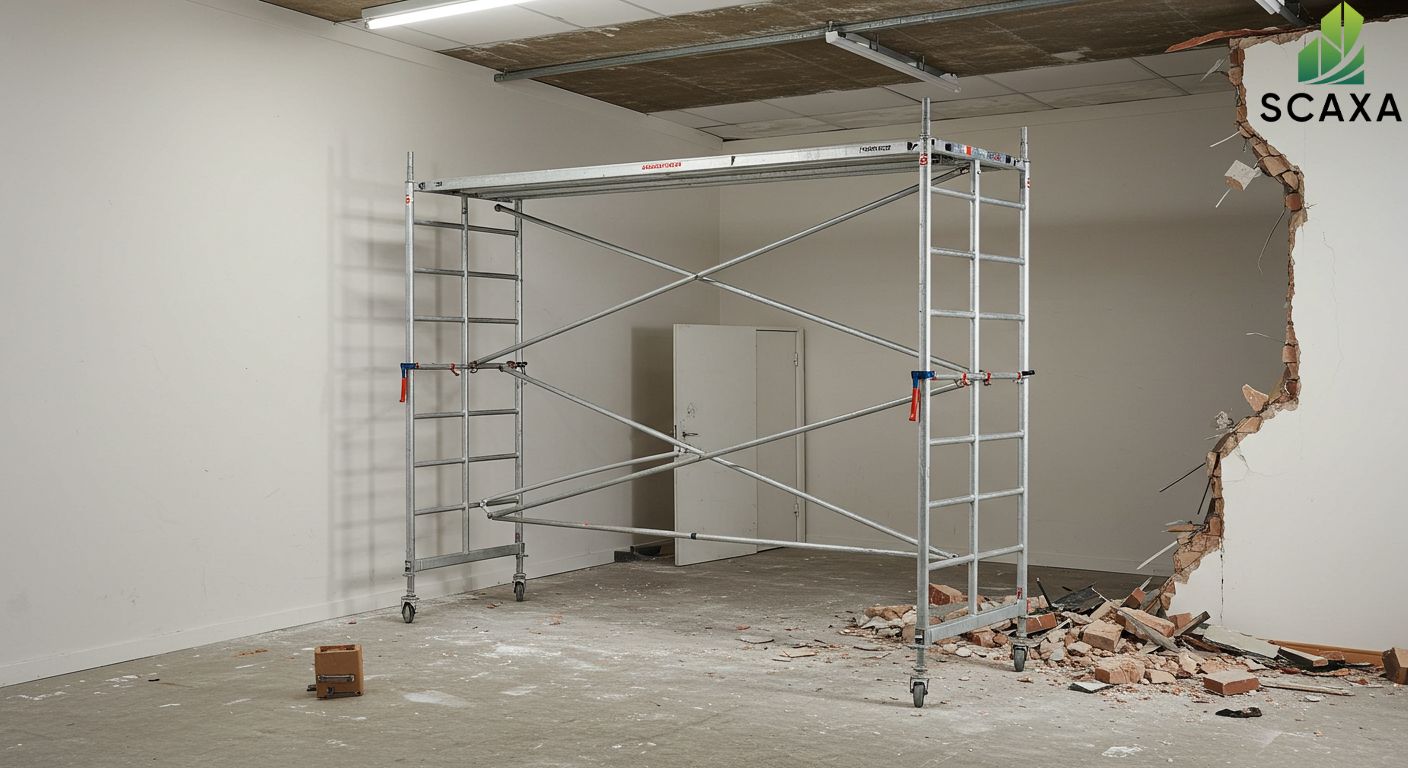

Below are the six key aspects of scaffolding, covering different topics from design to dismantling.
Demolition Scaffolds
Scaffolding for Safe Access
Inspection & Maintenance
Reliable Temporary Scaffold
Compliant Safety Standards
Efficient Installation
We offer efficient scaffold installation services without compromising quality or safety aspects on site. This quick setup lets you complete a project within the deadline, reduce labour costs, and provide your client with more value.
Providing trusted scaffolding solutions across UAE with a focus on safety, quality and reliability.
Get in Touch